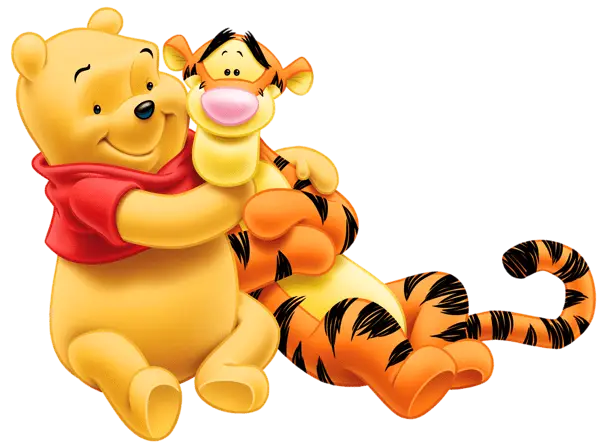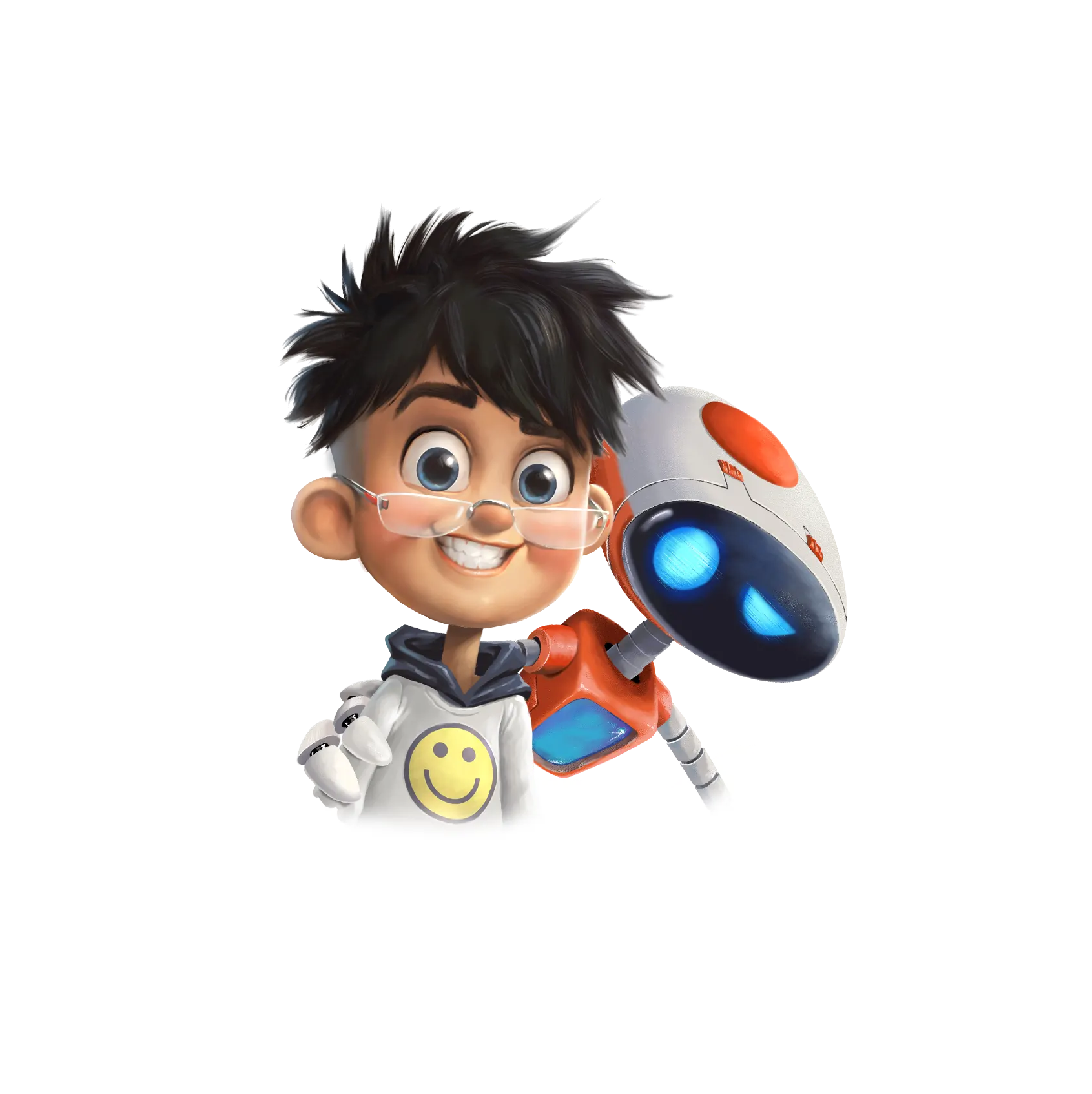How Visual Effects Are Revolutionizing Animation: A Look at the Latest Trends

Visual effects (VFX) have been a crucial component of animation for decades, enhancing the visual appeal and storytelling capabilities of animated films and TV shows. Recent advancements in technology have revolutionized the field of animation, allowing animators and visual effects artists to push boundaries and create stunning and immersive worlds. Here’s a look at some of the latest trends that are shaping the way visual effects are used in animation.
Realistic Simulations:
VFX artists have been focusing on creating more realistic simulations of natural phenomena, such as fire, water, smoke, and destruction. Advancements in computational power and simulation algorithms have enabled more accurate and visually stunning representations of these elements, enhancing the overall realism of animated scenes.
Virtual Production:
The integration of virtual production techniques has significantly impacted the Vfx animation industry. It combines live-action footage with computer-generated imagery (CGI) in real-time, allowing filmmakers and animators to see the final composite on set. This method streamlines the production process, reduces post-production time, and provides more creative freedom for directors and cinematographers.

Augmented Reality (AR) and Mixed Reality (MR):
AR and MR technologies have found applications in various interactive media, including animation. These technologies merge virtual elements with the real world, creating immersive and interactive experiences for audiences. Animated characters can seamlessly interact with the physical environment, providing unique storytelling opportunities.

Deep Learning and AI:
Artificial intelligence and deep learning algorithms have had a profound impact on the animation industry. They can be used to generate and manipulate realistic textures, improve character animations, and automate certain aspects of the animation pipeline, making production faster and more efficient.
High-Fidelity Character Animation:
Advancements in motion capture and rigging technologies have led to more realistic character animation. VFX artists can now capture and transfer actors’ performances into animated characters, resulting in lifelike movements and expressions.
Real-Time Rendering:
The demand for real-time rendering capabilities has increased due to the rising popularity of interactive media. Game engines and real-time rendering software now offer high-quality movie visual effects, allowing animators to see instant feedback on their work, which boosts creativity and productivity.
Procedural Generation:
Procedural generation techniques have been embraced to create vast and intricate environments quickly. Instead of manually designing every element, VFX artists use algorithms to generate landscapes, cities, and other assets automatically, saving time and resources.

Virtual Reality (VR) Animation:
Virtual reality has emerged as an exciting platform for immersive storytelling. Animators are leveraging VR to create interactive experiences, where audiences can actively participate in the narrative and explore virtual worlds.
Crowd Simulation:
VFX artists have been able to generate large-scale crowds and battle scenes using advanced crowd simulation software. This technology allows for the creation of realistic crowd movements and interactions without the need for manual animation of each individual character.
These trends have been transforming the animation landscape, pushing the boundaries of creativity and enabling storytellers to bring their visions to life in ways that were previously unimaginable. Keep in mind that the animation and visual effects industries are constantly evolving, and newer trends may have emerged since my last update.



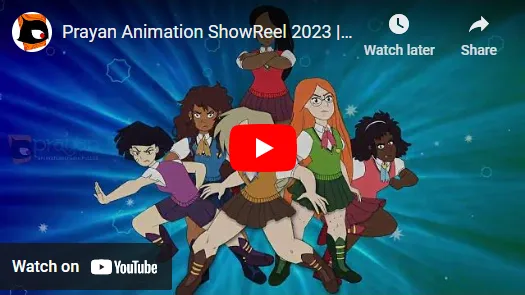






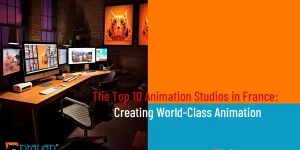
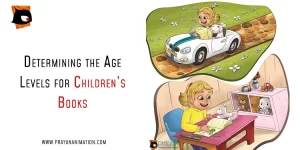
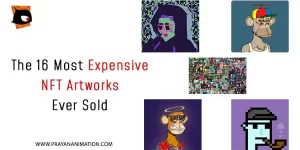

 We can help you.
We can help you. 

